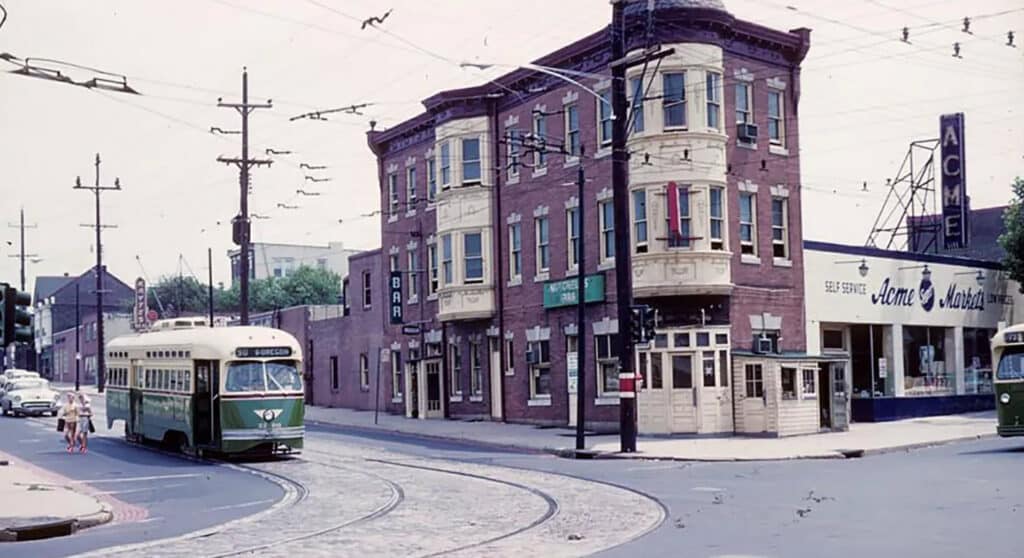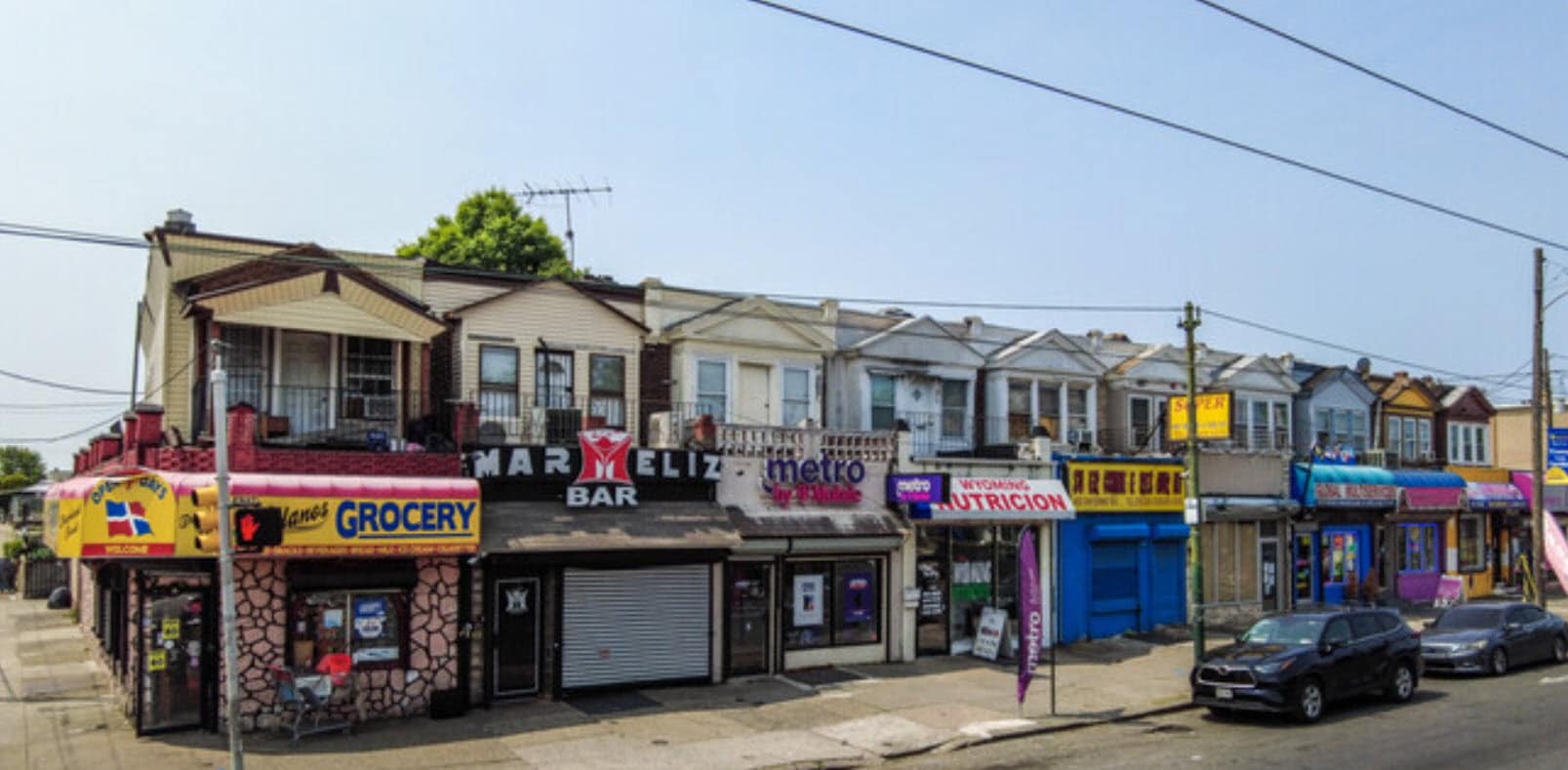Feltonville in Philadelphia
Feltonville, a bustling and culturally diverse neighborhood in North Philadelphia, is part of the city’s rich history and dynamic community life. Bordered by Erie Avenue, Front Street, Roosevelt Boulevard, Tacony Creek, and G Street, Feltonville’s geographic location makes it an attractive area for both residents and visitors.
The demographic makeup of Feltonville is a mirror to the city’s diverse populace. According to the 2010 Census, the neighborhood was 42.8% Hispanic, 29.7% African American, 14.1% white, 9.4% Asian, and 4% other or mixed race. Feltonville’s residents hail from various ethnic backgrounds, including Puerto Ricans, Dominicans, African Americans, Korean Americans, Cambodian Americans, Trinidadian Americans, Haitian Americans, Jamaican Americans, Colombian Americans, Salvadoran Americans, Honduran Americans, Guatemalan Americans, and Mexican Americans. The neighborhood also has a significant number of Palestinian Americans. In total, it’s estimated that 27 different languages are spoken here.

A Look at the Past
In the late 1800s, Feltonville was known as “Wyoming Villa” or “Wyoming Valley”. In 1927, the City of Philadelphia earmarked a corner of the recreation field at “B” St. and Wyoming Ave. for the construction of the Wyoming Branch of the Free Library of Philadelphia, which was completed in 1930. This branch has the distinction of being the last Carnegie library built with funds provided by the philanthropist Andrew Carnegie.
Feltonville, a suburb of Philadelphia before 1900, was noted for its high ground, stunning rolling farms, and many gracious homes. The only public transportation at that time was the Reading Railroad’s train from 3rd and Berks Streets to Newtown.
“Across from the station, on Wyoming Avenue, stood the Rau mansion built in 1888. Mr. David Titlow, the undertaker, lived in a stately home with a lake in front of it at Wyoming Avenue and “C” Street. Across Wyoming Avenue on the north side stood the large residences of Mr. Edwin P. Frick and Mr. Thomas Harvey, side by side.” – Edna Walmsley Hookway, Local Historian
The Feltonville School, which was added to the National Register of Historic Places in 1988, once had twelve grades, all taught by one teacher. Some of the classes had only five or six pupils.
